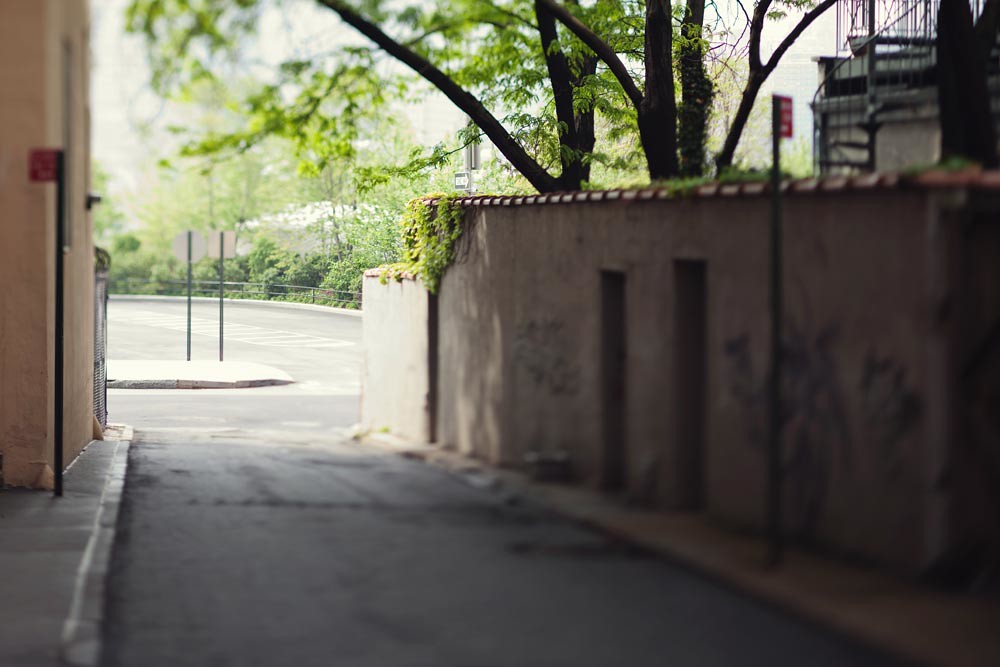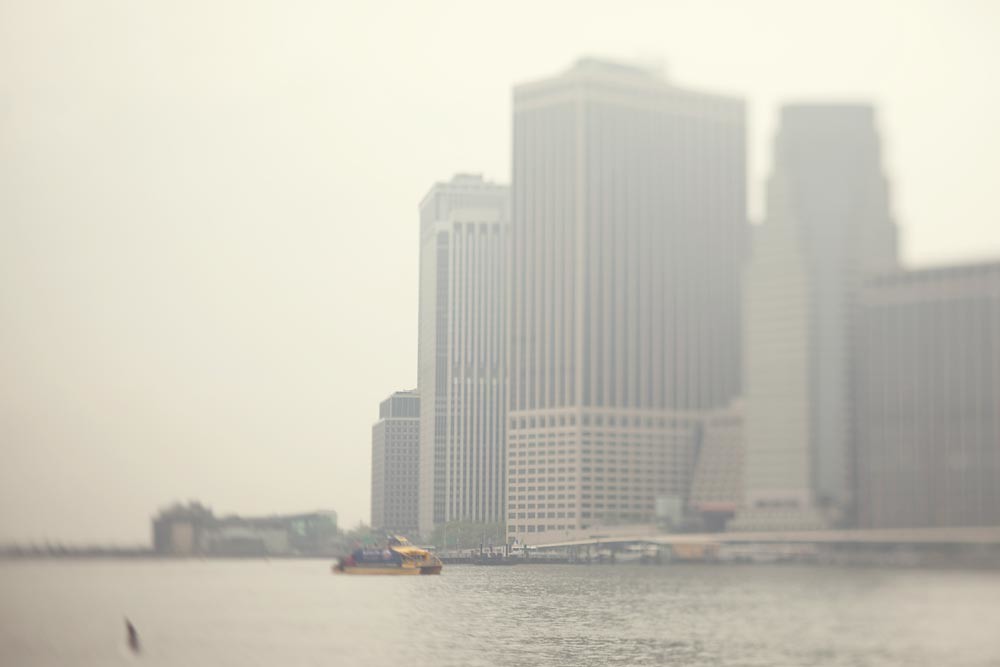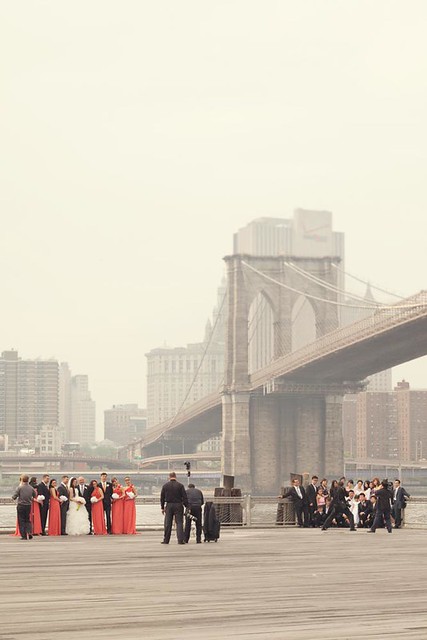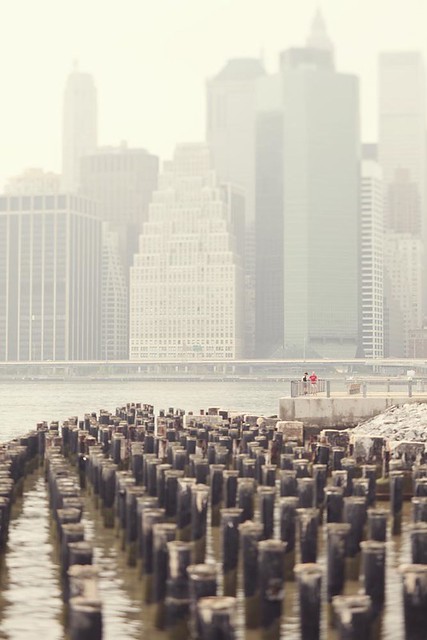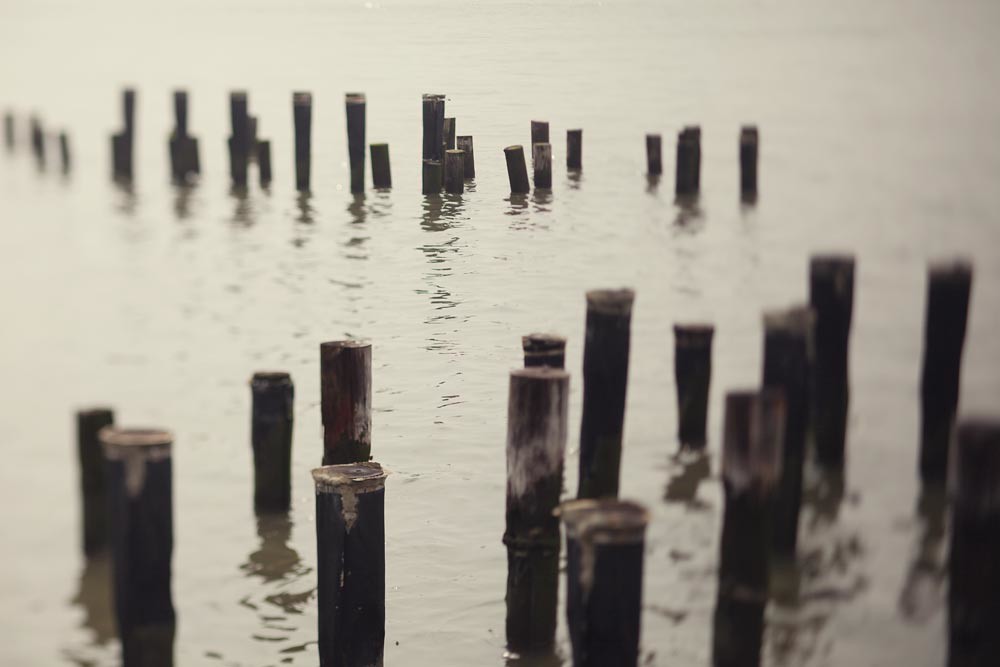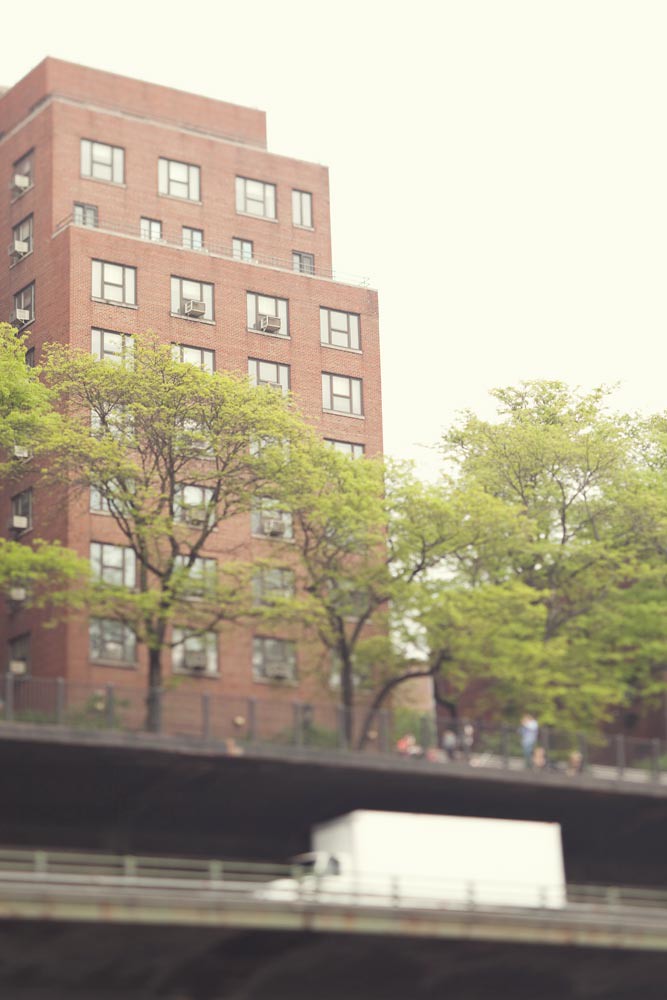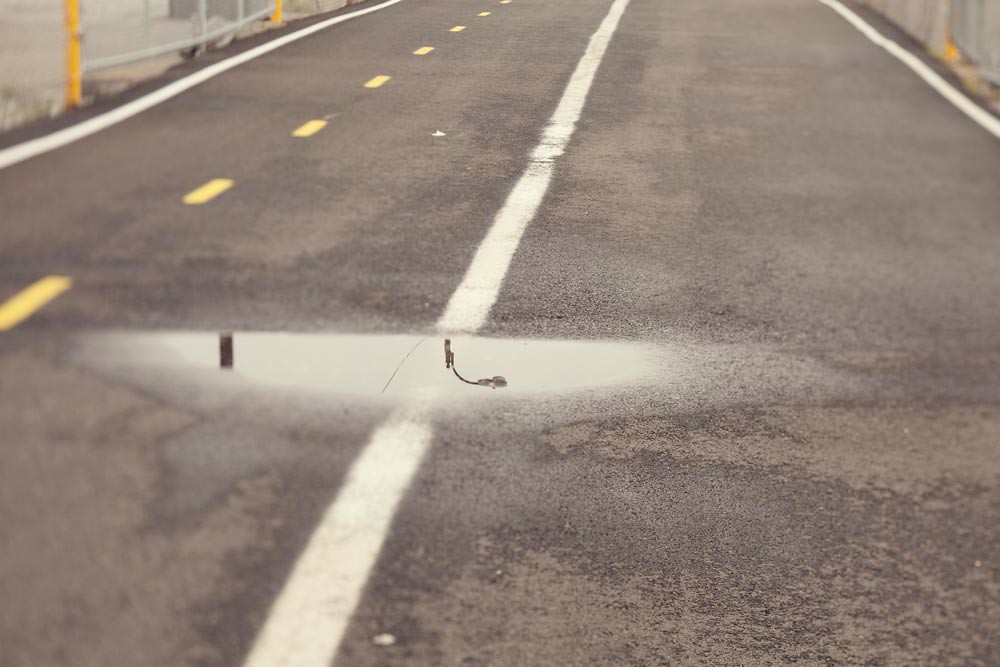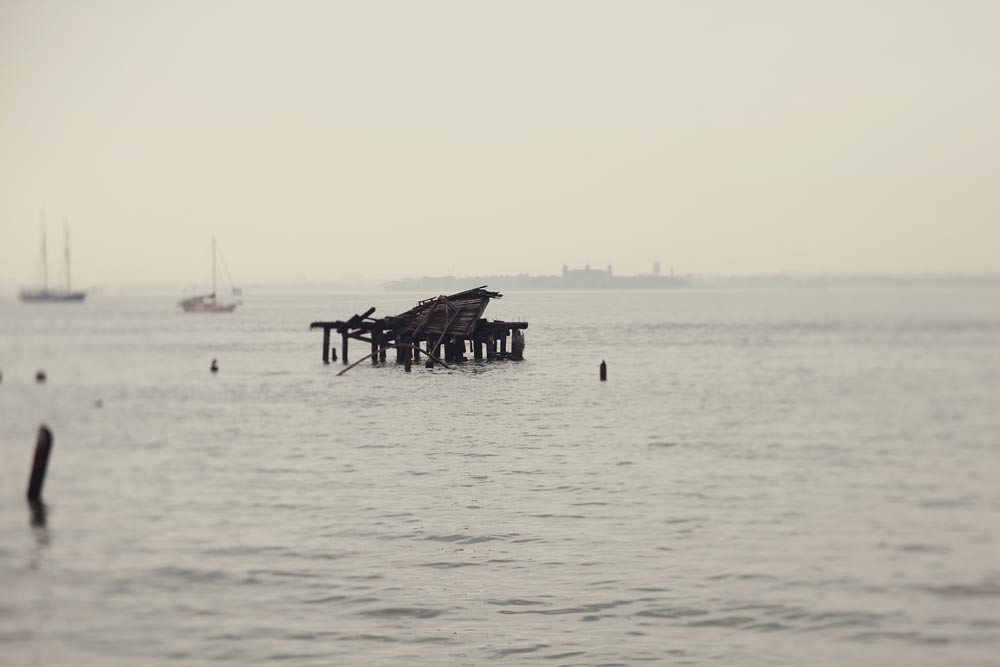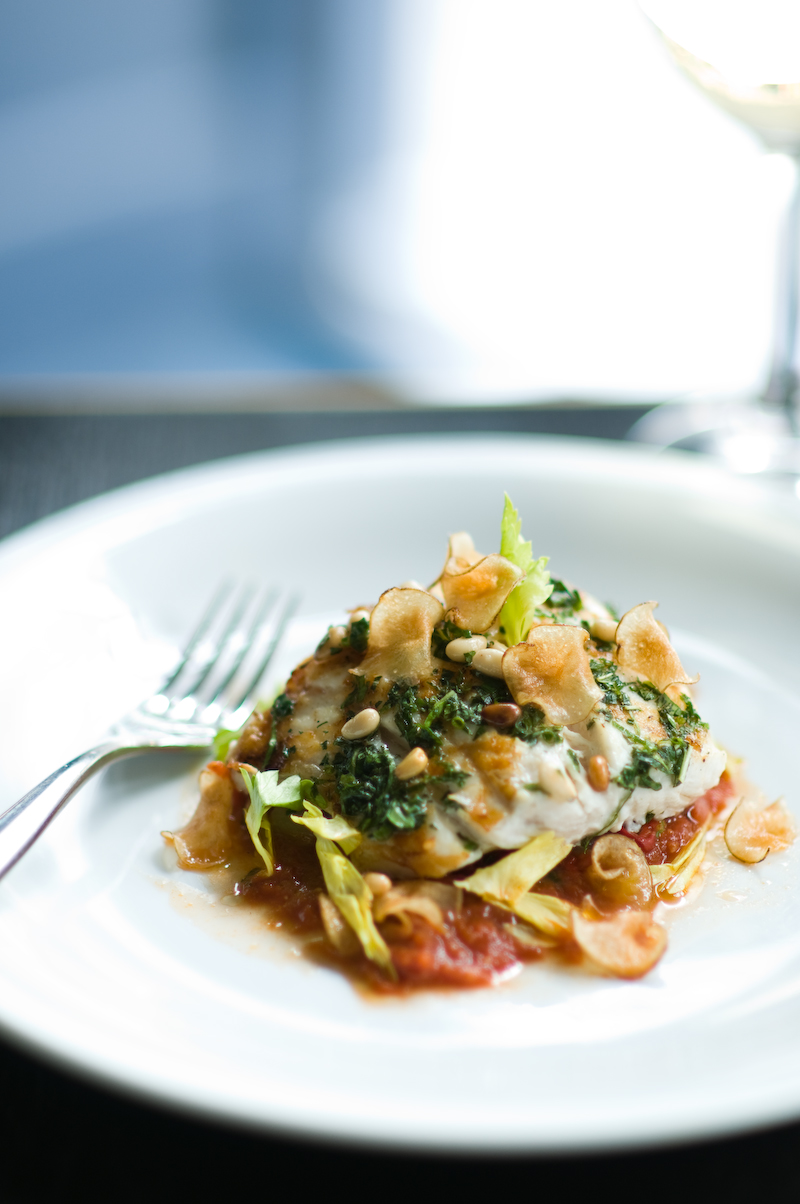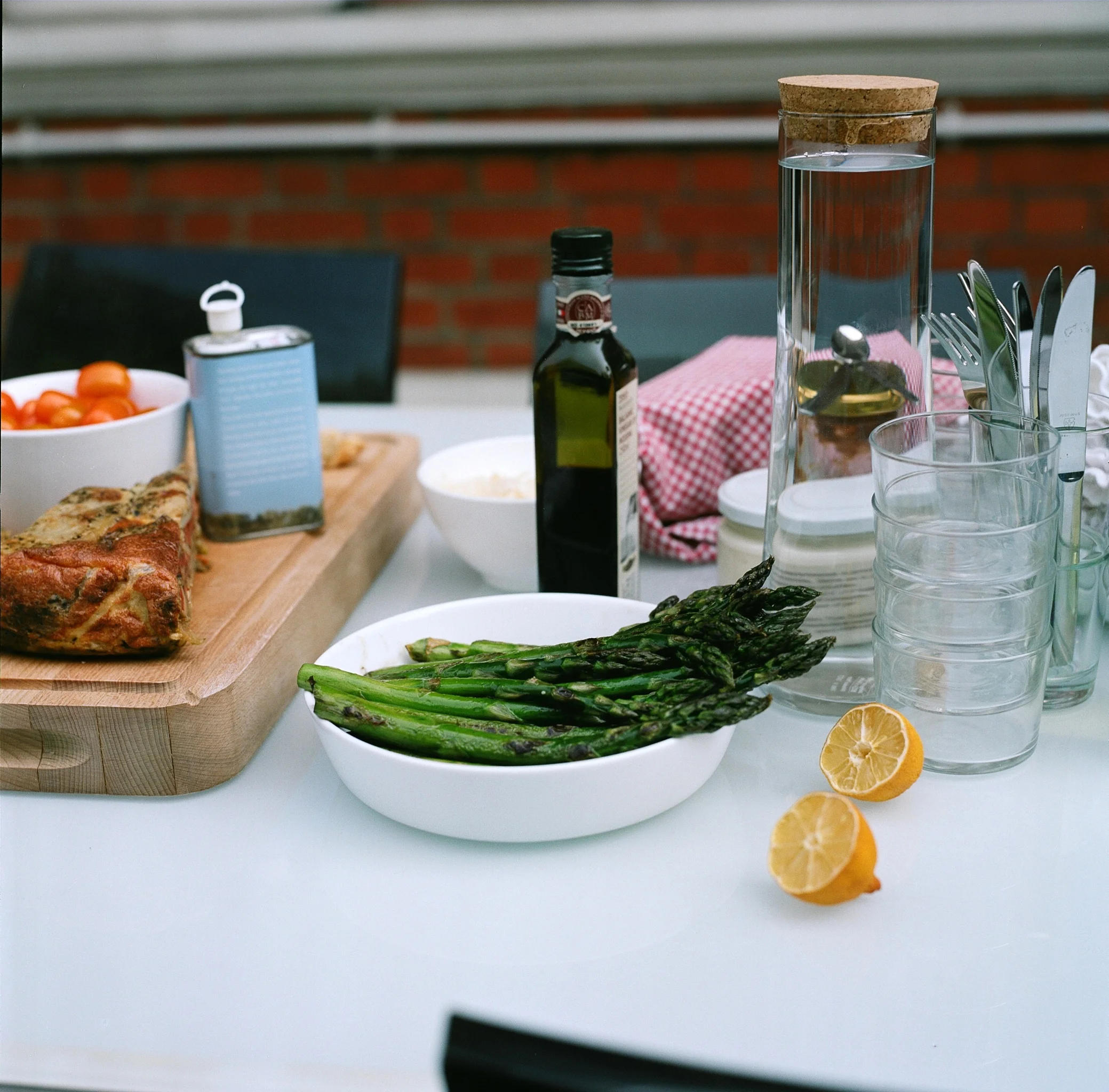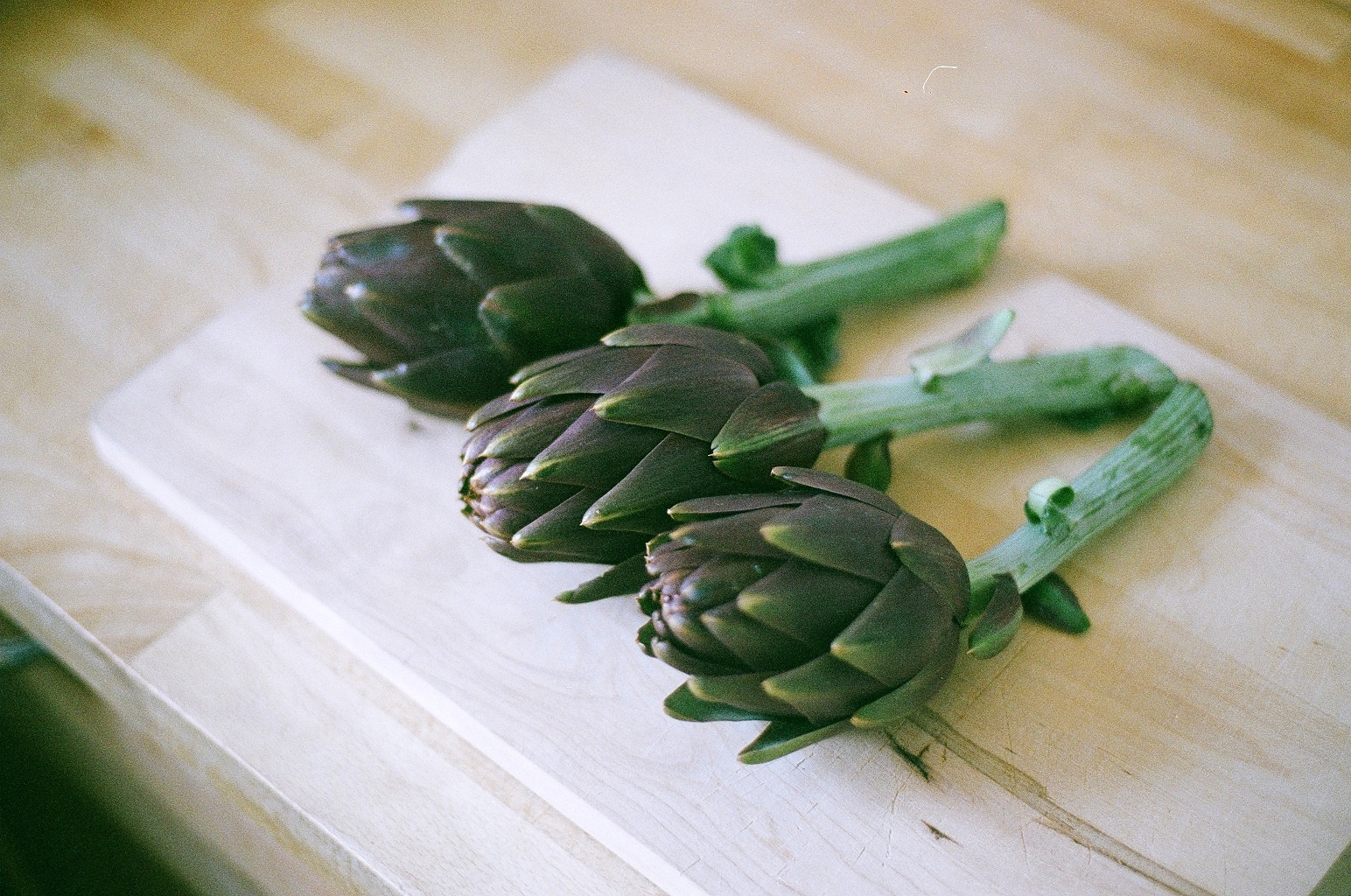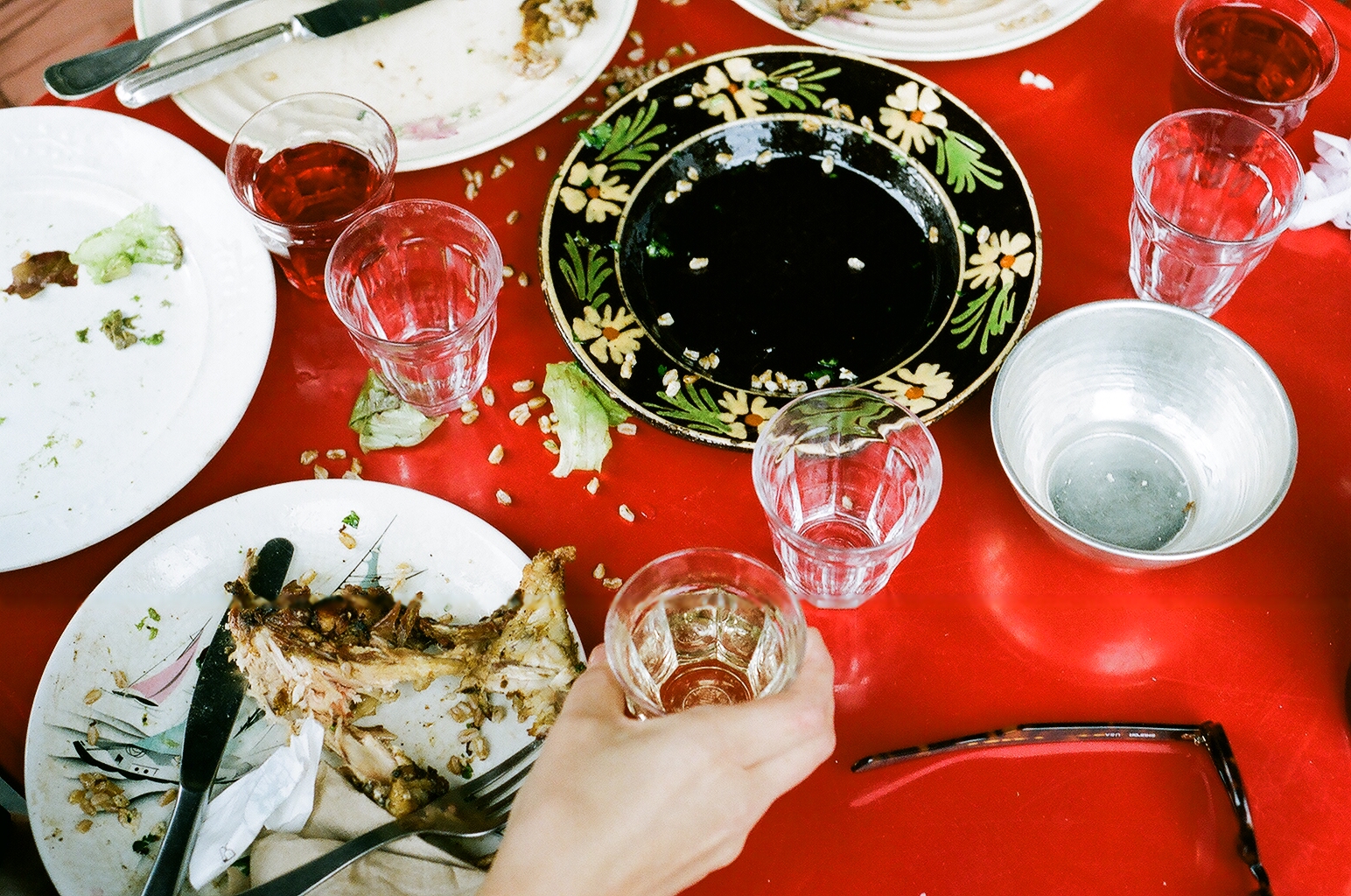This world is a big place and sometimes the internet seems so much bigger. So it's quite exciting when you can spot a gem within this huge mess of noise and chatter. I seriously don't remember how I found the photos of Melina Hammer which led me to her blog Licking the Plate. It may have been a reTweet of a reTweet (hahaa) but it doesn't matter, I'm just glad I found her photos. Truly beautiful images! I especially love reading her post about her travels in Japan. It made me think about the time I was in Tokyo but wasn't so much into photography and everytime I think about it, it just makes me sad.
After you're done reading her interview (and hopefully you'll stay and go through the rest of this blog), I suggest you should go and get your own pork loin roast and try this recipe on Melina's blog. Perfect way to start and enjoy the Memorial weekend!
Q. Can you tell me what you’re trying to capture when you take your food photos? A. It is inevitable that everyone has a relationship to food. Community, the sensuality of food, and the idea of celebration are some aspects I favor in my own work. When I photograph food, I focus on how natural light kisses the surface, creating a vibrancy that showcases just how ripe or fresh whatever it is that I am shooting. I want the viewer to feel the flavor in seeing the picture. Capturing the wet in drops of sauce, the gesture in a scatter of salt, casually chopped fresh herbs…. Becoming part of the picture through feeling its flavor is where it’s at.
Q. Have you always been interested in photography? A. Yes. My father studied photography, along with architecture, when he was in college, and seeing a body of work he produced about loneliness sparked an interest for me. It gave me insight into trying to capture mood through photography. That, and the amazing images I'd see in my National Geographic magazines growing up, and I was hooked.
Q. Do you approach a food photo differently than non-food photo? A. I do. Before getting into food photography I was developing a body of work centered on urban ruins - structures left behind in American culture that still contain incredible pieces of collective history.... I documented remnants, but I would also shoot the environment in an abstracted fashion. For example, in front of me might be torn paper - by obscuring scale or context, it became other-worldly landscapes. Peeling paint became stained glass, and so on. With my work in food, I retain the interest in representation, for the most part. I enjoy making a scene or setup, and framing the food in a particular context.
Q. Any food photography heroes? If not any photography heroes? A. I have a number of photography heroes, food and otherwise. For food, some photographers I love are Con Poulos, Anna Williams, and Marcus Nilsson. Marcus makes everything visceral, and I really appreciate that when he’s capturing food. Anna often pairs disparate things together in a way that feels quite lyrical and beautiful. And Con is one of the first people to inspire me to attempt food photography. He has an incredible command over light, and modifies it so that just the right amount touches any surface, making it that much more appealing. Non-food-wise, I have always found inspiration from the work of Steve McCurry. He captures the human condition in a way that penetrates everything.
Q. A favorite dish to cook during Spring time? A. Salads of every kind. Greens like purslane, mizuna, sorrel, and sunflower sprouts add a punch of flavor and great textures. Combine them with avocados, charred seafood, fresh herbs, and anything else that reads flavor, and I'm happy. Often I'll go to the farmers' market and see what speaks to me, bringing home odds and ends to make some sort of spontaneous feast.
Q. Best meal so far in 2011? A. Though I've enjoyed or made numerous tasty meals since the year began, when I recalled our trip to Japan in late January and the various food adventures had there, I stopped in my tracks for the experience at Tsukiji Market. It isn't even that sushi is my favorite food, but really that all of the elements together made this an incredible and memorable meal. After three or so hours wandering wet, chilly aisles filled with every kind of sea creature, my husband and I were famished and dull with cold. A charming older man in one of the stalls offered us counsel on where to find great sushi at the market, and so we bumbled our way to what looked like could have been his recommendation. Another forty or so minutes in the chilly shade spent waiting in line and I was ready to eat almost anything, as long as I could be warm. Just then, a lady motioned "two!" with her fingers and nodded to us to come inside.
With enough stools to seat eight along a counter, she motioned and we sat. An older, bushy-eyebrowed sushi master fed us from behind the bar that day's omakase - chef's choice menu. Course after course, the fish was sweet, wet, and glistened with a special shine you can only find when that fish has only been caught hours before. My personal favorite was the sea urchin, which resembled a mound of sweet, briny, butter, followed closely by the ami ebi - raw sweet shrimp that were plump, delicate, and definitely sweet. Other notable items included miso soup with plump, tiny clams, and two kinds of fleshy, melty toro (tuna belly). The ikura - salmon roe - were juicy and just the right kind of tight. Egg cake, tamago, was also served and was springy, soft, sweet, and soothing next to the flavors of the sea.
Only simple green tea accompanied this feast, and it was just enough to thaw my toes before we had to end it all and head back out into the winter sun.
All photos courtesy of Melina Hammer of Licking the Plate


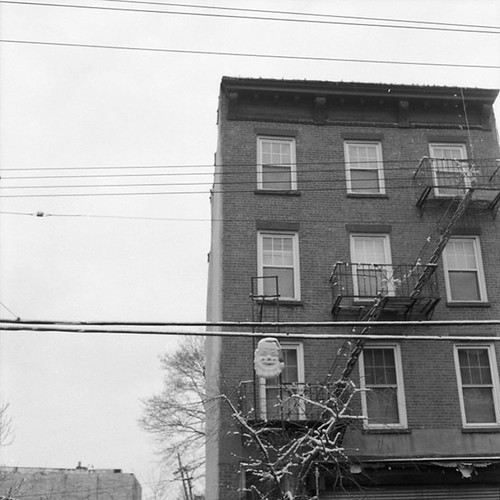
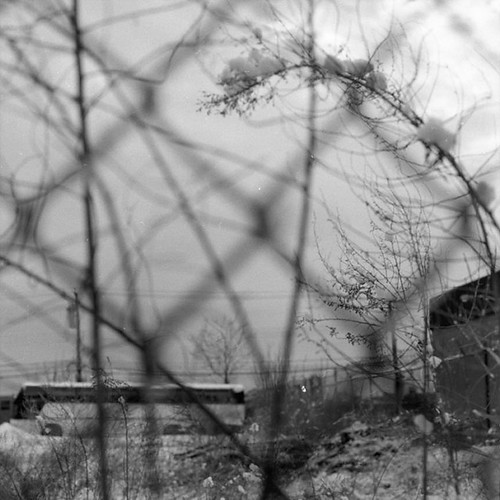

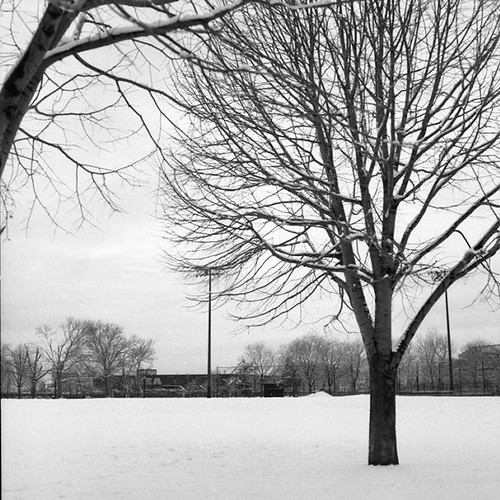


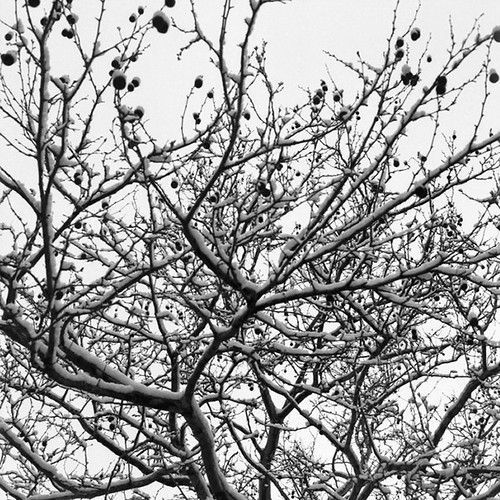
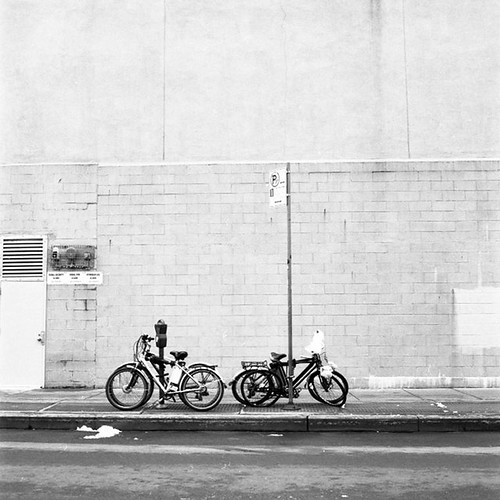
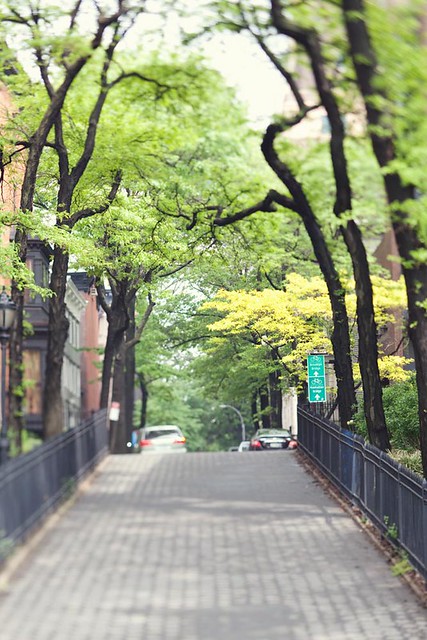
 After trying out the
After trying out the 